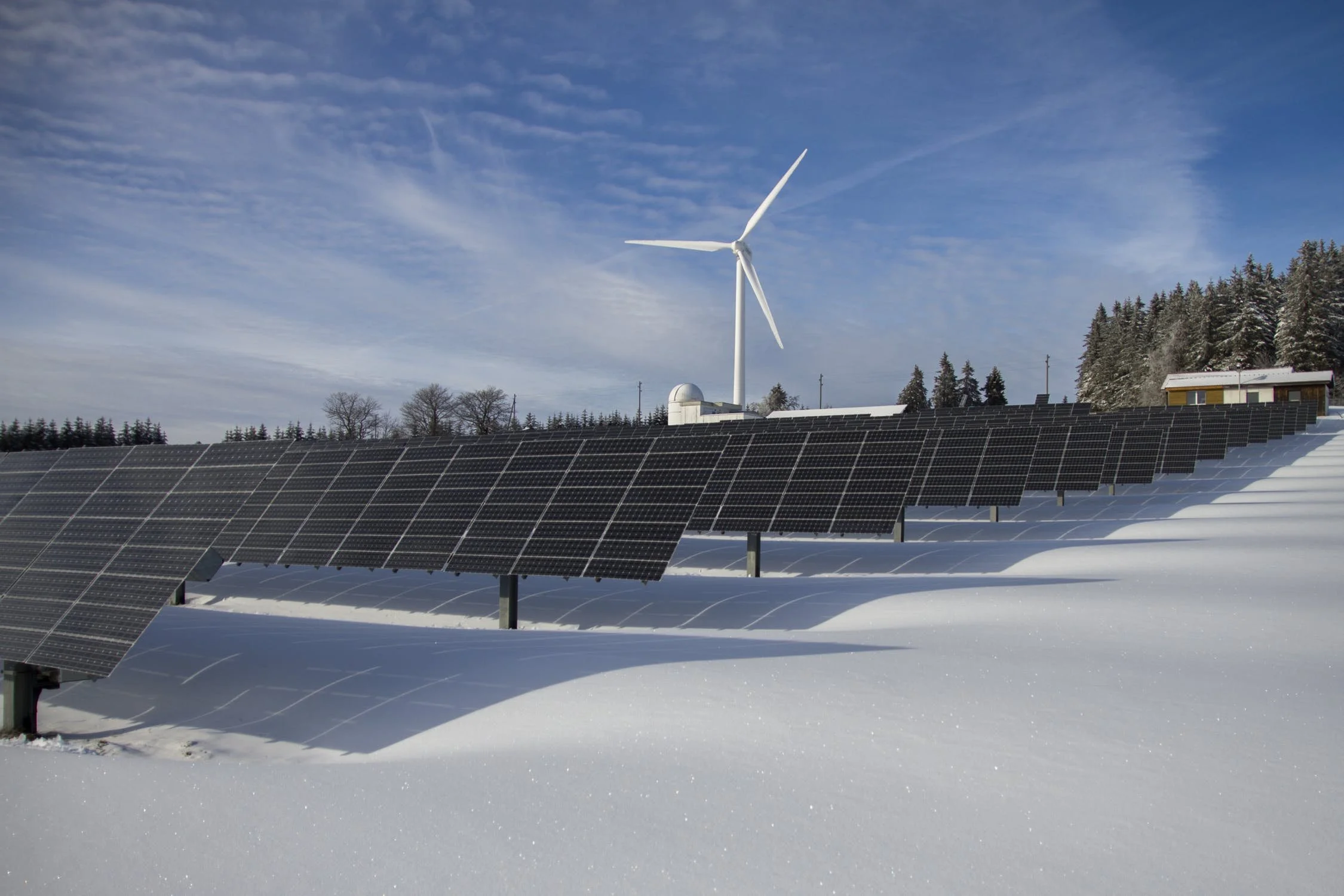Change
This section brings together pieces on the various drivers of change.
The costs of the four key renewable energy technologies have been falling on mathematically significant learning curves.
The most likely future is that these costs will continue to fall as set out below. The implication is that by 2050 we will have $10 per MWh solar electricity deployed in $30 per KWh batteries. These costs are far below the costs of fossil fuel technologies, and low enough to solve any lingering concerns about system costs, intermittency and integration.
Renewable costs
Chart Source: Oxford University INET Group
Key Reports
The Renewable Spring
The energy transition is the sixth great technology revolution since 1750. As in previous technology shifts, capital will follow the new growth opportunity.
Reach for the Sun: The emerging market electricity leapfrog
Emerging markets are leapfrogging directly to renewable energy because it is cheaper, cleaner, and local. That means global fossil fuel demand for electricity peaked in 2018.
The Sky’s the Limit: Solar and wind energy potential is 100 times as much as global energy demand
Renewable energy can provide the world with 100 times its current energy demand and more than 100 times fossil fuel supply. We show the renewable energy potential by country and region.
Can a virus and viral ideas speed the world’s journey beyond fossil fuels?
A paper with Amory Lovins. Efficiency gains and the rapid growth of new energy technologies are likely to mean peak demand for fossil fuels
Nothing to lose but your chains: The emerging market transport leapfrog
Emerging markets are poised to leapfrog to electricity based transport systems.
Carbon Tax – an idea whose time has come
If capitalism wants to survive, it will need to tax carbon. Or end up like the Soviet Union a victim of its internal contradictions.
The Speed of the Energy
Transition
There are two main narratives on the speed of the energy transition - gradual and rapid. Whilst incumbents like to argue for gradual change, in fact rapid change is much more likely.
The political tipping point: Why the politics of energy will follow the economics
As renewables get cheaper so they become more attractive for politicians to support. That speeds up change.
The dawn of the age of solar
The EROI (energy return on investment) of renewables is higher (better) than that of fossil fuels, and still rising. This means a shift to the age of solar.
*Trusted Sources now trades as TS Lombard.
China: Leader of the new energy future
Why China is likely to win the race to the new energy future.
*Trusted Sources now trades as TS Lombard.









